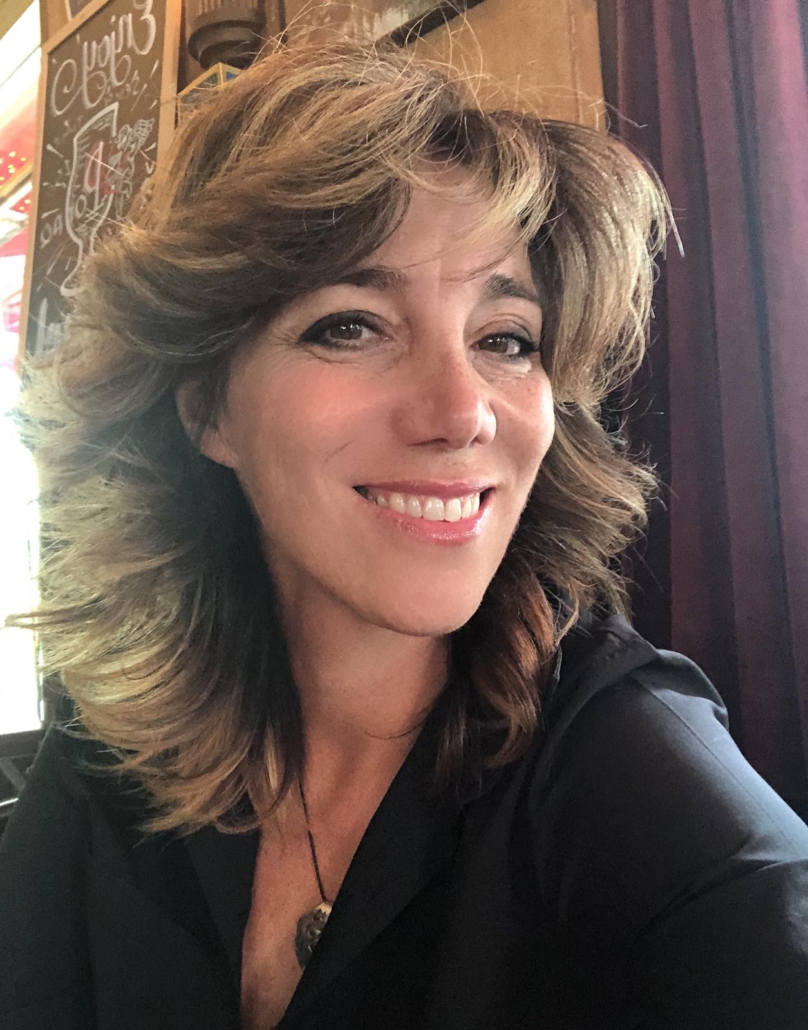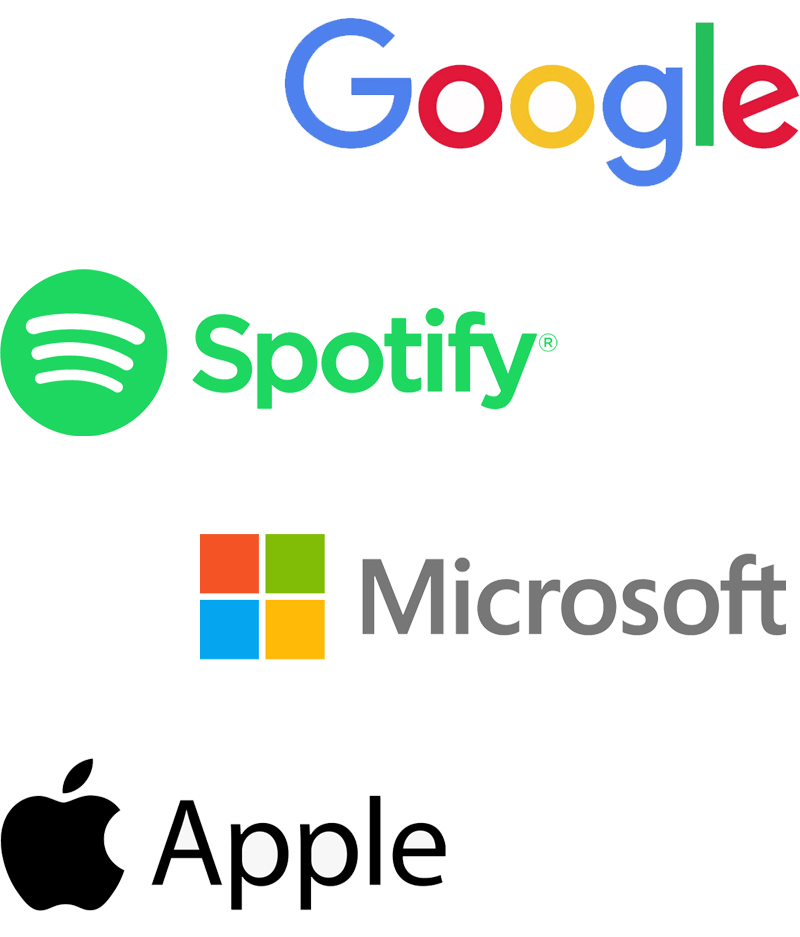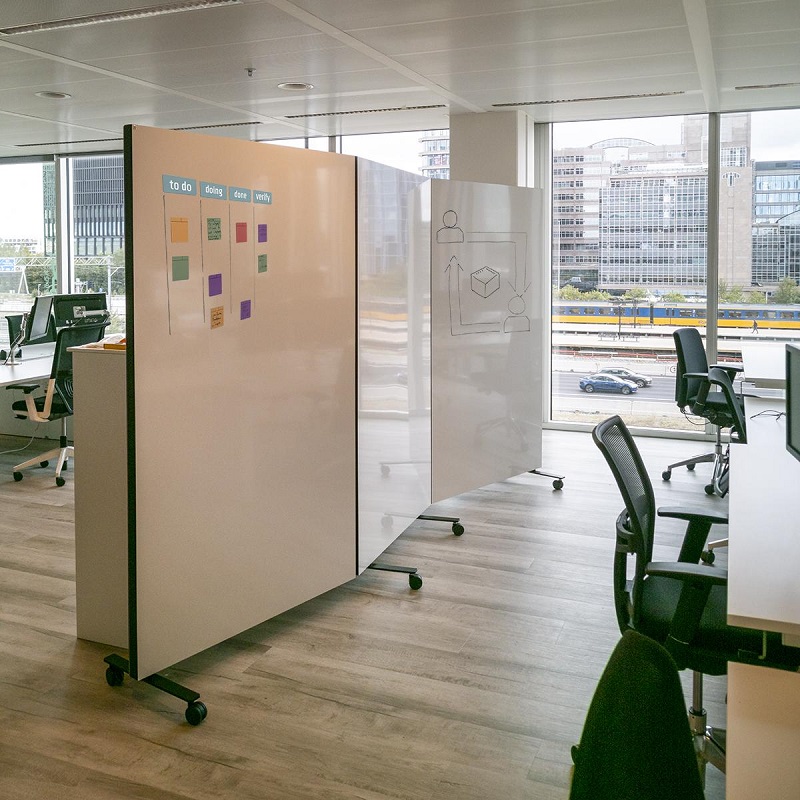In conversation with Silvia Medaglia, Agile Transition Coach at Philips
- “Those who survive are those who have adapted.”
- “No longer did peer banks appear to be the main competitors, but tech companies that have data.”
- “Walls and whiteboards are therefore indispensable.”
Those who survive are those who have adapte
In 2015, ING was one of the first large Dutch companies to make the transition to Agile. At that time, Silvia Medaglia was working at ING as a project manager, so she experienced the transition from the inside. The philosophy behind the Agile way of working particularly appealed to her, so she continued her career at ING as Agile Transition Coach. In the meantime, Agile has become so well established at ING that Silvia is happy to serve another organization with her knowledge, experience and motivation. And that is Philips, which recently started using Agile, starting in the Digital Marketing department. According to Silvia Medaglia, what is the need for organizations to make the transition to Agile?
Being able to shift gears faster
“The answer to this question is best outlined by the need ING saw at the time. As a project manager, I was involved in the development of financial products. In the ‘old-fashioned’ way, such a period of thinking up and realizing a new mortgage, for example, took far too long because various departments, and therefore far too many people, were involved. Being able to switch faster was no longer a wish but a necessity. ING recognized that if it did not dare to make the transition, and did not take an example from hypermodern companies such as Spotify, it would lose a battle as an organization in various fields. Not only against competitors, but also in relation to its own talent. No longer did fellow banks appear to be the main competitors, but tech companies that have data. Theoretically, a big data organization could start a bank. So the wheel changed radically and ING officially became an IT company with a banking license. And talented staff, with the intrinsic motivation of an entrepreneur, no longer received appreciation solely through monthly salary, but were given responsibility for their tasks according to the ideas of Agile. Thus, a relatively slow, unwieldy body became a flexible, agile organization in no time. As an Agile pioneer, ING made an impressive showcase and, thanks to their new “mindset,” won this battle against the competition. And what is true for ING is true elsewhere. Every large organization must ask itself whether, in this day and age, when the world is changing continuously and at an unprecedented rate, you can still provide your potential, demanding customer with tailor-made solutions in the broadest sense of the word, thereby also ensuring the survival and growth of your own organization.”
End to end
“Agile brings together employees from different disciplines on a team; including the IT developer, the marketer, the communications specialist and the sales person. They become end to end responsible for the product. This way, you eliminate dependencies, which used to eat up time, and thus money. The person with the customer contact involves the customer and continuously keeps a finger on the pulse. What are the customer’s specific wishes and are they the same today as they were yesterday? Then you build a prototype of his order, which you can expand or not – continuously depending on what the customer wants. Customers are diverse; an internal colleague department, an external company, an individual or an entire population. Thanks to various Agile techniques, you quickly find out exactly what the client wants. So in short, Agile is agility with the goal of on-demand customization. Because if you don’t do it, fellow companies jump in on demand. At the end of the day, for-profit organizations just have to make money.”
Walls and whiteboards
“As a convinced, motivated Agile leader, the ‘what’ and ‘why’ lies with you and the ‘how’ with the team members, who are the real specialists. The Agile coach is there to ensure that this new way of working gets off to a good start and continues to run smoothly. Agile provides the framework for this and works best when you are together. An inviting, inspiring office layout is therefore crucial, as are various tools through which you can visualize your ideas, plans and progress. Walls and whiteboards are therefore indispensable. The biggest mistake that is still too often made in office choice is that too little floor space is rented or used for the spacious Obeya room, among others, and for various meeting spaces of different sizes, including a meeting area for effective, standing meetings. These meters are needed because of the interactive forms of working. With Agile, you literally move around the room, which greatly enhances communication between you. Just think about reinforcing your arguments with body language. We should also not underestimate the coffee room as a meeting place; we make a lot of decisions in a relaxed atmosphere. So in my opinion, the function of the office will only become more important for everyone who works Agile. For the coming period, I expect a healthy mix between working from home and in the office. Some sessions, such as going through practical issues one-on-one, go fine online. Sessions involving interaction, reflection and awareness can only take place physically in the office, because this involves really going into depth with each other. That is not feasible online.”
Risk
“There is still a risk attached to working from home that I worry about from time to time. This is because we are dealing with very capable, introverted employees, who find working from home more enjoyable than working in the office. The extroverts, on the other hand, will always choose to come to the office. So I expect companies will face a form of “division” because of this. Because your introverted nature makes you work relatively much from home, you are less visible in the office. But relationships are built when you see each other. Introverted home workers therefore run the risk of not being visible enough within their network. I hope that these people and their organizations stay focused, because fantastic, introverted employees obviously need to be given the same opportunity to take the next step in their career as their extroverted colleagues.”
Ambition
“You can apply Agile in different ways to any company. From an SME with say 20 people to large, international companies, like Philips. It’s about the mindset, not the number of employees. Those who survive are the ones who have adapted. To survive, you have to be agile, know your customer and keep the common ambition in mind. A good example is the cleaning lady who worked at NASA in the 1960s. She was asked, “What is your job?” She replied, “I take people to the moon.” Every NASA employee apparently flawlessly knew the ‘why’ and contributed to the shared mission as a matter of course.”
Courtesy of Silvia Medaglia
Agile Transition Coach at Philips





